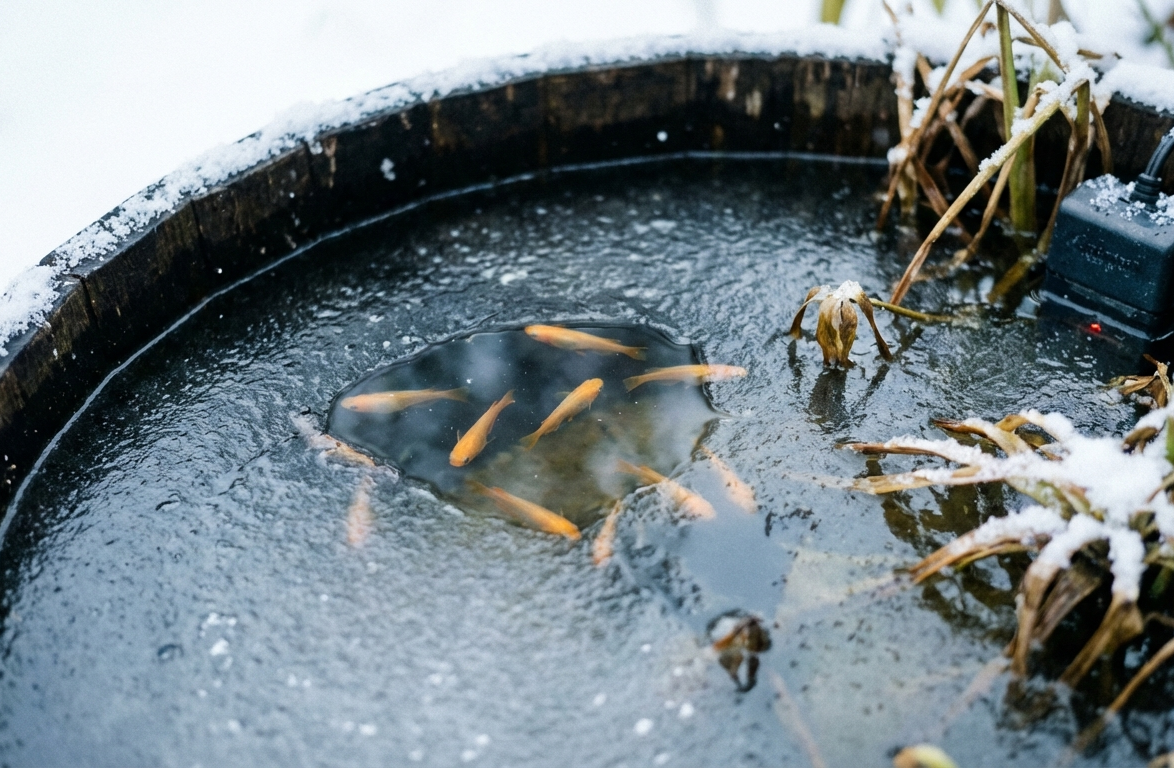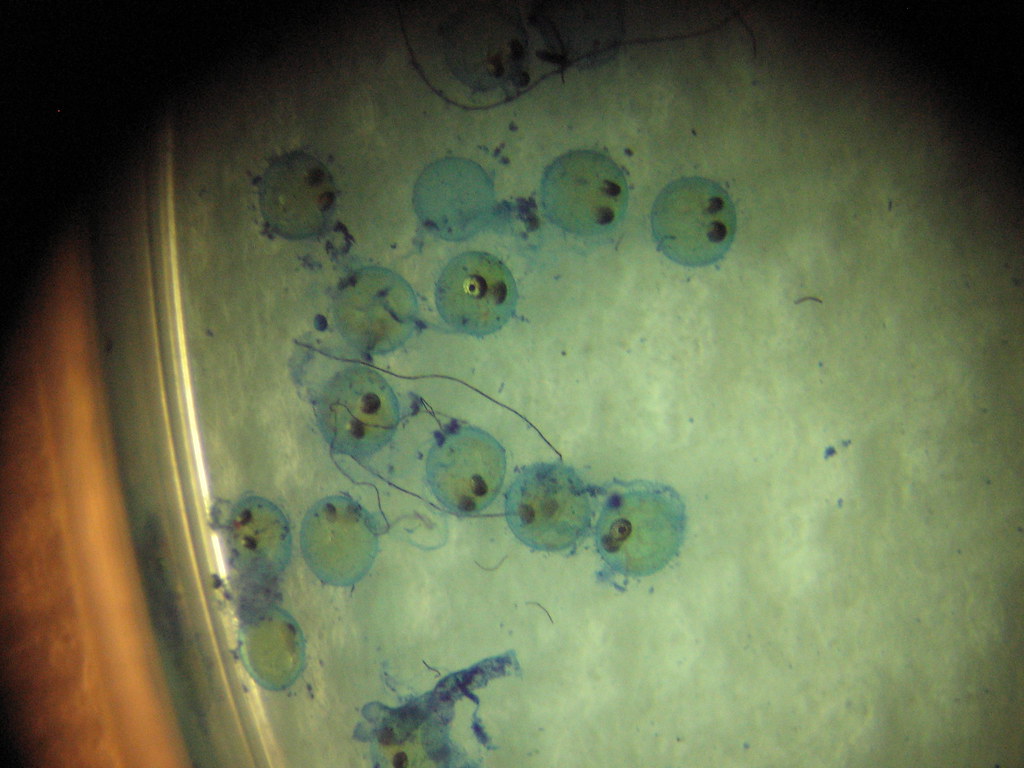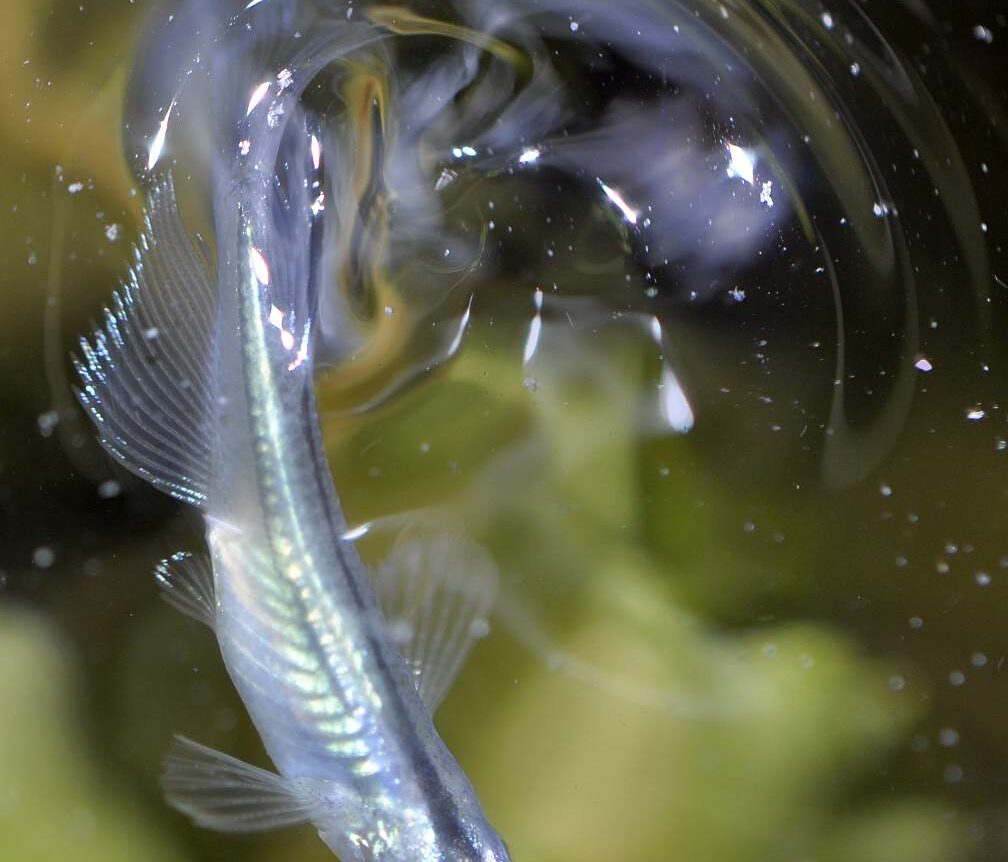Caring for medaka: from spring to winter
Medaka rijstvissen zijn fascinerende kleine visjes die steeds populairder worden bij vijverliefhebbers in Nederland. Deze robuuste Japanse visjes kunnen het hele jaar door buiten blijven, maar elke seizoen brengt zijn eigen uitdagingen en kansen met zich mee. Of je nu een ervaren Medaka-houder bent of net begint met deze prachtige visjes, het is belangrijk om te weten hoe je ze door alle jaargetijden heen optimaal kunt verzorgen. In dit artikel neem ik je mee door de verschillende seizoenen en deel ik praktische tips om je Medaka gezond en gelukkig te houden, van de eerste lentebloesem tot de laatste wintervorst.
Caring for medaka: from spring to winter
Medaka rice fish (Oryzias latipes) are special fish that can adapt remarkably well to changing temperatures. Unlike many other ornamental fish, these small Japanese fish can survive temperature fluctuations of 2 to 40 degrees Celsius. This makes them ideal for outdoor ponds in the Dutch climate, but does not mean they do not require seasonal care.
Het succesvol houden van Medaka door de seizoenen heen vraagt om begrip van hun natuurlijke levenscyclus. In de lente worden ze actiever en beginnen ze te paaien, in de zomer zijn ze op hun meest energieke, in de herfst bereiden ze zich voor op rustiger tijden, en in de winter gaan ze in een soort winterslaap. Door je verzorging af te stemmen op deze natuurlijke ritmes, creëer je optimale omstandigheden waarin je Medaka kunnen floreren. Laten we per seizoen bekijken wat je visjes nodig hebben.
Spring Care: Preparing Your Medaka for Growth
Spring is a crucial season for your Medaka. After the cold winter months, temperatures start to rise and your fish slowly become more active again. From about 15 degrees Celsius their metabolism starts and they start to show interest in food again. This is the time to start feeding carefully, but don't overdo it at first. Start with small amounts of high-quality feed once a day and gradually increase this as the temperature rises.
Spring is also the season when medaka start spawning. Once the water temperature becomes stable above 18 degrees, you will notice that the males become more active and the females start to carry eggs. This is a beautiful natural process to observe. Make sure you pond has sufficient aquatic plants, such as waterweed or pondweed, where the females can lay their eggs. A good spring cleaning of your pond is also recommended: remove leaves and dead plant remains, check your filter system and test the water quality. Pay particular attention to the pH value (ideally between 6.5 and 8.0) and the ammonia values.
Summer tips: optimal conditions for Medaka
Summer is the season when your Medaka are at their best. At temperatures between 20 and 28 degrees Celsius they are most active, eat well and spawn frequently. This is the period when you can really enjoy your fish and admire them in all their splendor. Feed them small portions two to three times a day that they can eat within minutes. Vary the menu with high quality dry food, frozen or live food such as mosquito larvae, water fleas and brine shrimp.
During hot summer days, oxygen management is crucial. Warm water contains less dissolved oxygen than cold water, and because your Medaka are more active, they actually need more oxygen. Provide sufficient water movement through a fountain, waterfall or aeration pump. Shade is also important: make sure that at least a third of your pond is in the shade, for example by water lilies or other floating plants. This prevents overheating and helps limit algae growth. Check the water quality regularly and perform partial water changes of 10-20% per week if necessary. Also pay attention to evaporation: during hot periods the water level can drop quickly, so top up regularly with dechlorinated water.
Summer food for optimal growth
| Feed type | Frequency | Benefits |
|---|---|---|
| High-quality dry food | 2-3x daily | Complete nutrition, easy to dose |
| Live mosquito larvae | 2-3x a week | Stimulate natural behavior, rich in proteins |
| Frozen food | 3-4x a week | Good nutritional value, practical alternative |
| Spirulina/vegetable | 1-2x per week | Color improvement, fiber for digestion |
Autumn: preparing your pond for cooler days
When the days get shorter and temperatures start to drop, it's time to prepare your pond and your Medaka for winter. Autumn is a transition phase in which your fish gradually become less active. From around 15 degrees Celsius you will notice that their appetite decreases. Adjust your feeding schedule accordingly: reduce the frequency to once a day and use food that is easily digestible. As soon as the temperature drops below 10 degrees, you can stop feeding completely.
Autumn is also the time for thorough pond maintenance. Regularly remove falling leaves with a landing net or place a net over your pond to prevent leaves from ending up in the water. Rotting leaves can deteriorate water quality and produce toxic gases. Pruning aquatic plants is also important: remove dead plant parts, but leave some of the plants for oxygen production during the winter. Check your technical installations such as filters and pumps and consider whether they can continue to run through the winter. In areas where it can freeze hard, it is wise to purchase a pond heater or floating pond heater to maintain an ice-free area.
Winter care: Medaka through the cold months
Winter is perhaps the most special season for Medaka holders in the Netherlands. These little fish are surprisingly hardy and can even survive under a layer of ice, as long as there is enough oxygen in the water. At temperatures below 10 degrees, Medaka go into a kind of hibernation where their metabolism slows down considerably. They sink to the bottom of the pond, barely move and do not eat. This is completely normal behavior and there is no need to worry if you don't see them for days.
The main point of attention in winter is gas exchange. Even if your Medaka are barely active, they still need oxygen and toxic gases to escape. Therefore, always ensure that there is an ice-free area in your pond. You can achieve this with a pond heater, a floating pond heater or by running a pump that creates water movement. Never break the ice forcibly, as the shock waves can seriously damage your fish. Do not feed your Medaka during winter when the temperature is below 10 degrees. Their digestion does not work well in low temperatures and undigested food can lead to health problems. Check regularly whether your fish are still alive by carefully watching on sunny days when they sometimes surface.
Winter Checklist for Medaka Ponds
- Oxygen supply: Provide an ice-free area (at Least 30×30 cm)
- Pond depth: At least 60 cm deep for safe wintering
- Technique: Check whether pumps and filters are winterized
- Browse: Remove all organic material from the pond
- Monitoring: Check weekly whether the ice-free section remains open
- Nutrition: Stop feeding completely below 10°C
- Snow: Clear snow from the ice to provide light
Keeping a healthy and happy Medaka all year round
Keeping Medaka successful through all seasons is all about observation and adaptation. Get to know your fish and pay attention to changes in their behavior. Healthy Medaka are active (within the seasonal context), have clear eyes, intact fins and show natural swimming behavior. Regular water checks are essential: test pH, ammonia, nitrite and nitrate levels at least monthly. Invest in a good test kit and keep a log of your measurements and observations.
In addition to seasonal care, there are some basic principles that apply all Year round. ensure a stable pond environment with Sufficient Volume (at least 50 Liters per 5 medaka), good filtration And biological Balance. avoid overcrowding: medaka spawn easily and you can quickly have Too many fish. consider giving away excess young fish to other enthusiasts or setting up a separate rearing Pond. always quarantine new fish for at least two weeks before adding them to your Existing group. finally, enjoy your Medaka! These special fish provide year-round enjoyment and with the right seasonal care you can enjoy them for years to come.
Annual overview of Medaka care
| Season | Temperature | Nutrition | Main tasks |
|---|---|---|---|
| Spring | 10-20°C | Build up from 0 to 2x a day | Cleaning the pond, installing water plants, testing water quality |
| Summer | 20-30°C | 2-3x daily, varied | Monitor oxygen, provide shade, change water regularly |
| Autumn | 10-20°C | Reduce to 0x daily | Remove leaves, prune plants, check technique |
| Winter | 2-10°C | No power supply | Keep ice-free area, minimal disturbance, observe |
Frequently asked questions about Medaka seasonal care
Can Medaka really survive The dutch winter?
Ja, Medaka zijn verrassend winterhard en kunnen temperaturen tot net boven het vriespunt overleven. Zolang je vijver minimaal 60 cm diep is en er voldoende zuurstof beschikbaar blijft, kunnen ze veilig overwinteren. Zorg wel altijd voor een ijsvrij gedeelte voor gaswisseling.
When should I stop feeding in the fall?
Start reducing feeding when the water temperature drops below 15 degrees. Stop feeding completely as soon as the temperature structurally drops below 10 degrees. Their digestion then works too slowly to process food.
My Medaka are not spawning in the spring, what am I doing wrong?
Medaka only start spawning when temperatures are stable above 18 degrees and there is sufficient daylight (at least 13-14 hours). Also provide good nutrition with sufficient proteins and enough aquatic plants where they can lay eggs. Sometimes it just takes a while before conditions are optimal.
How much water change is needed in summer?
In summer, a weekly 10-20% water change is ideal. This helps maintain water quality and prevents nitrate build-up. Always use dechlorinated water at approximately the same temperature as the pond water.
Does my filter have to run all winter?
This depends on your situation. In mild winters, a filter can run through and help with oxygen supply. In severe frost there is a risk that the filter will freeze. Many Medaka keepers switch to only an aeration pump or pond heater in the winter.
How do I know if my Medaka will survive the winter healthy?
Healthy Medaka sink quietly to the bottom in winter and hardly move. On sunny, slightly warmer days they sometimes emerge briefly. As long as you don't see any dead fish and the ice-free area remains open, they are probably doing fine. Don't worry if you don't see them for weeks.
Which aquatic plants are best for Medaka through the seasons?
Good choices are waterweed (oxygen-rich, all year round), pondweed (spawning ground), water lilies (shade in summer), and floating plants such as duckweed (shade and natural food). Choose native species that are hardy for the Dutch climate.
Caring for Medaka through the different seasons is a rewarding experience that brings you closer to the natural cycles. By adapting your approach to each season, you create optimal conditions in which these special Japanese rice fish can thrive. From the exciting spawning behavior of spring to the quiet winter months when they are barely visible, each season has its own charm and challenges. With the practical tips from this article, you will be well prepared to keep your Medaka healthy and happy all year round. Remember that observation and patience are your best friends: get to know your fish, adjust your care as necessary, and enjoy this wonderful hobby. With the right seasonal care, you will enjoy your Medaka pond for years to come and perhaps even see generations of these fascinating fish grow up in your own garden.







Leave a Comment
Your email address will not be published. Required fields are marked *